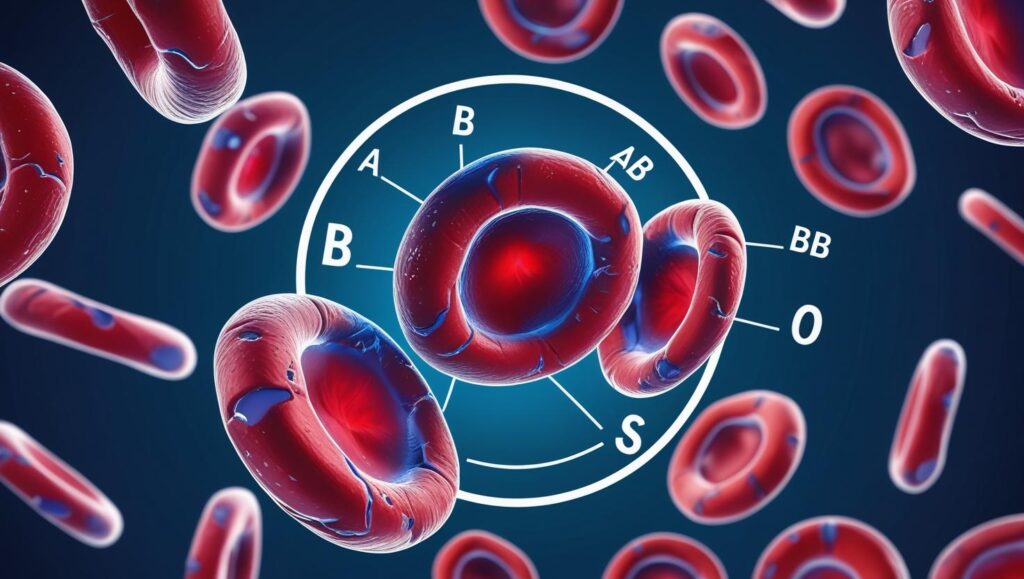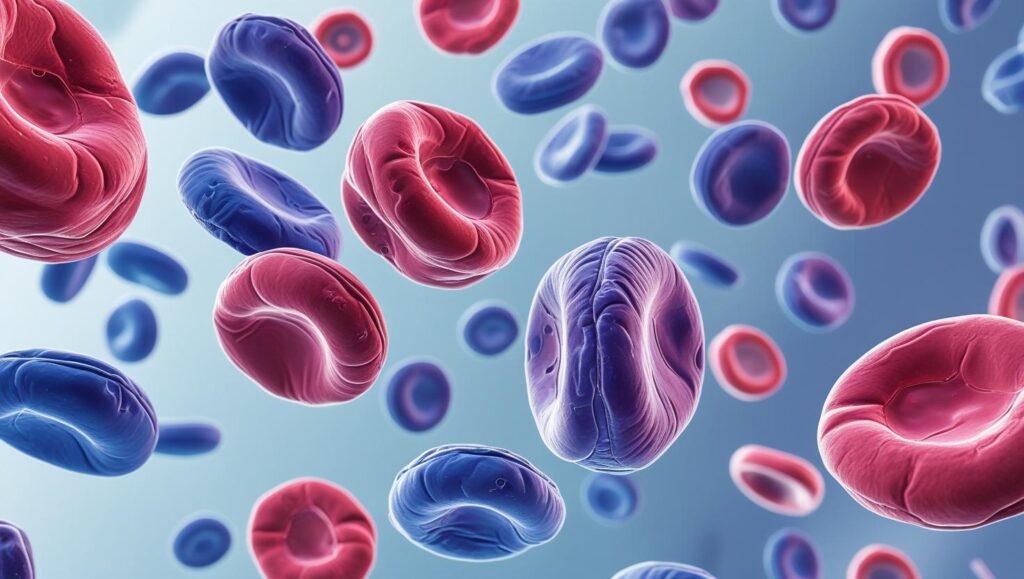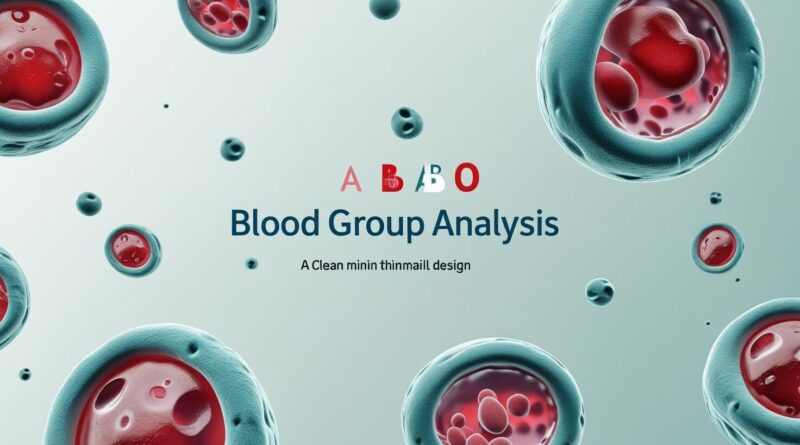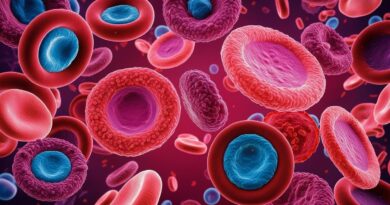To identify the blood group analysis by the Cross-Matching Method
Title:- To identify the blood group analysis by the cross-matching method.
Introduction: In 1900, Karl Landsteiner first reported the presence of two antigens, namely “A” & “B”, on the surface of human RBCs. Based on this discovery, he divided human blood cells into three groups like A, B, and O. In 1902 Decastell & Sturli recognize the existence of 4th group “AB” RBC’s of all group (ABO) passes a common antigen “h”. i.e., Precursor for the formation of A and B antigens.
ABO antigen consists of 3 allelic genes a, b & o the a and b gene controls the synthesis of specific enzymes responsible for the production of basic antigen glycoproteins known as “H” substance. The “O” gone is an amorph and cannot transform the “h” Substance. There is no known specific anti-O, hence only 4 phenotypes are recognized (A, B, O & AB) Indian population & 85% of individual of Caucasian origin possess the O(Rh) antigen on their erythrocyte. Human RBCs are classified as Rh+ve or Rh-ve depending upon the presence or absence of this Ag on their surface.

Principle: Human RBCs possessing A & B Ag will agglutinate in the presence of Ab directed towards the receptive Ag. Agglutination of RBC with anti-A monoclonal, anti-B monoclonal indicates a positive test result & indicates the presence of the corresponding Ag. Absence of agglutination of RBC with anti-a monodonal and anti-b monoclonal and a negative test result & indicates the absence of corresponding Ag and is termed as bloodgroup ‘O’. Human RBC with “B” Ag are agglutinated by Ab directed against “B” Rh Ag.
Cross Matching:-
Cross-matching is the final step in pretransfusion. It is commonly referred to as compatibility testing or “type & cross”. Before blood from donor & the recepient are cross- matched, both are ABO and Rh typed. To begin the Cross match, a unit of blood from a donor with the same ABO & Rh type recepient is selected. Serum from the patient is mixed with red blood cells from the donor. The Cross match can be performed either as short (5-10 min) incubation intended only to verify ABO compatiability or as a long (45 min) incubation with an antihuman globulin test is intended to verify compatability for all other red cells antigen. If Clumping occurs, the blood is not Compatible; if clumping does not occur, the blood is Compatible. If an unexpected antibody is found in either the patients or the donor, the blood bank does further testing to ensure that the blood is compatible.
In an emergency case, if there is not enough time for blood typing and cross-matching, then O may be given, preferably Rh-negative. O type blood is called the universal donor because it has no ABO antigen for a patient’s antibodies to combine with. In contrast, AB blood type is called universal recepient because it has no ABO antibodies to combine with antigen on transfused red blood cell. If there is a time for blood typing, the RBCs of the recipient type are given. In either case, the cross-match is continued even through the transfusion has begun.

Requirements:-
Physical– Pricking needles, slides, and Ethanol.
Chemical– Anti A, B & D serum
Biological– Blood
Procedure:-
- Wash the slides & wipe with Ethanol.
- Wipe your finger with Ethanol.
- Prick it with a needle (fresh).
- Spot blood on the slide in three positions.
- Add antisera A, B & D on respective spots.
- Mix properly & check for agglutination.
Result:-
The blood type is labeled as A+, A-, B+, B-, O+, O-, AB+ or AB- based on both the ABO & Rh system. If Ab screening is negative, only a cross-match is necessary. If the Ab Screen is positive, then blood that is negative for those Ag must be identified. The desired result of a cross-match is that compatible donor blood is found.
Conclusion:-
Blood group is the characterization of blood type by the ABO system (A, B, AB or O) & also includes Rhesus type (+ve/-ve). Cross-matching is the process of testing a patient’s blood against the potential donor sample to find a match of Compatibility.




